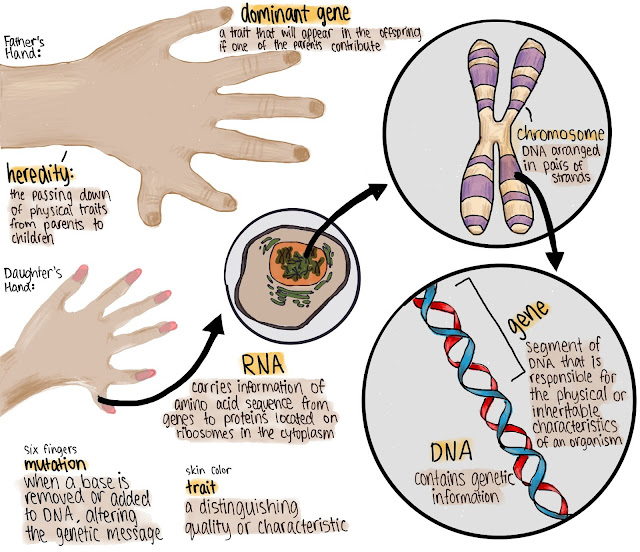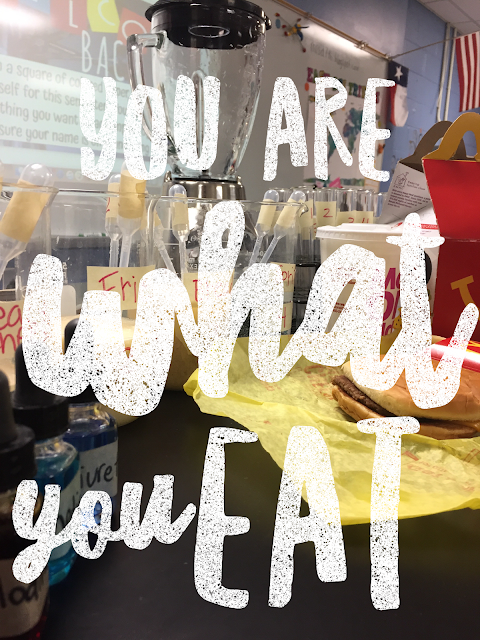- Marissa M.
"The Cell Survivor is a big project that combines the TV show “Survivor” and science to make an awesome competition. You first are assigned a organelle and you use facts to make your’s stand out. The first day, you make a model of your organelle and you make a quick presentation. The better the presentation, the better the chance of your “survival”. Everyday people get out based on what other organelle’s think. You can also get immune which means no one can vote you out. Everyday, you take a small quiz. The group that gets the most right and turned it in the quickest, they would get immune. The Cell Survivor is a project that I loved and I will never forget it!"
- Shreya R.
 |
| Cell organelles created out of recycled and repurposed items and then photographed and edited using the app Prisma. |















